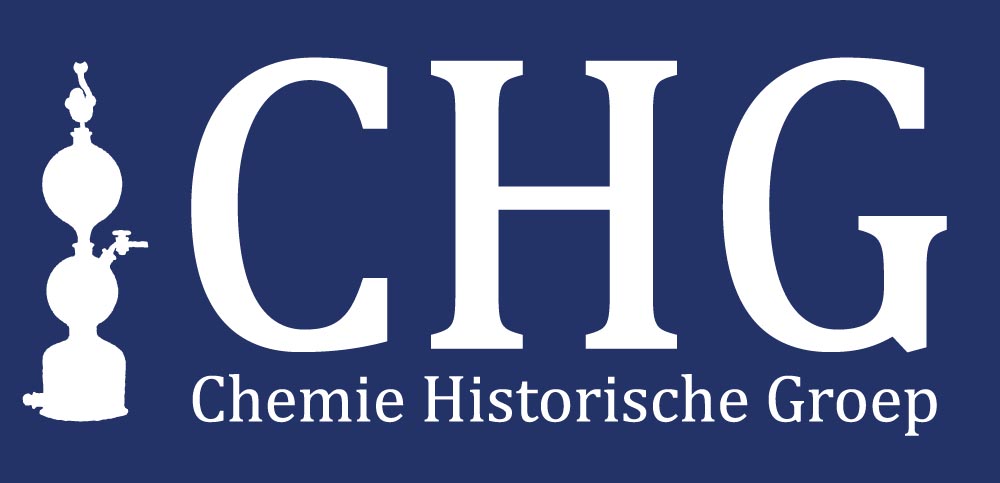Book review
Article from ChemMedChem 2011, 6, 1, by Prof. Francesco De Angelis
It is not of minor relevance that the European Association of Chemical and Molecular Sciences (EuCheMS) wants to celebrate the International Year of Chemistry (IYC) 2011 with a book on the stories and scientific achievements of “European Women in Chemistry’. Under the experienced guidance of the two editors, Jan Apotheker and Livia Sarkadi, and the continious support of the Publisher Wiley-VCH and its staff, an excellent team of authors have written a first-class book highlighting the role of European women in science, and in particular, in chemistry. Consider the most famous female European scientist, Marie Sklodowska Curie; her work at the beginning of the last century was absolutely fundamental for the progress of a then still Young Science! Her research was eventually recognised with the award of the Nobel Prize in physics (1903), and later in chemistry (1911). Indeed, it is no coincidence that 2011 -the centennial celebration of her prize in chemistry- was chosen as the IYC!
I began the book with the normal curiosity for reading stories of the lives of famous people, accompanied by the added advantage of learning something more about chemistry and its history. But ultimately, I was fascinated by all these inspirational women who, generally coming from educated and wealthy families, managed to reach an outstanding level of scientific achievement only through their intelligence and strong determination. During the last century –in particular, the First half- the upper classes were dominated bij men, and women were generally excluded from performing serious activities, even from studying! For example, universities, colleges, acadamies, parliaments, even voting in many instances, were all places and situations forbidden to women. They had to stay at home, taking care of the children.
The biographies of 54 women in chemistry (or alchemy, interestingly, fors ome women from many centuries ago) are reported in the book: scientists from all over Europe, who often also moved through Europe from one university to another to follow their thirst for culture, personel inspiration, and their desire to do something important in science. They were all gifted with intelligence accompanied by deep scientific curiosity, but always had to fight within, and sometime against, a world that was thoroughly dominated by men. Many of them are no longera live, but if they were here today, they would probably feel that things have definitly improved, but not to the point of complete equality for both genders to reach their goals.
Having taken note of what I learned from the lives encountered in the book, I only want now to address three figures wich, to my opinion, are absolutely paradigmatic of the difficulties women encountered, and unfortunately sometimes still do even nowadays, to reach what they wanted to and als deserve.
Marie Sklodowska Curie (1867-1934): In 1911 she was advised, by one member of the Swedish Academy of Science, not to go to Stockholm to accept the prize. How strange it must have appeared to this academic that a female had sufficient aptitude for performing top-quality science! Even after receiving the award, her nomination to the Académie Française des Sciences was declined –she was a women, and worse still a foreigner!
Filomena Nitti Bovet (1909-1994): the daughter of a great Italian economist and Prime Minister, Filomena Nitti Bovet was scientifically (and also politically) active until 1975. ChemMedChem readers specifically will be interested to know that she was played an important role in the development of pharmacology and therapeutic chemistry. Noticeably, in her laboratory she also led a Group of female scientists. In 1957 her husband Daniel Bovet, with whom she had scientifically collaborated with for decades, received Nobel recognition (Nobel Prize in Physiology or Medicine). It has been said, by many scientists and colleagues at those times, that she made a major contribution to this achievement. Indeed, after the prize was awarded, in a congratulatory letter written by a fellow scientist, both were jointly applaused for the recognition!
Rosalind Franklin (1920-1958): In 1962, Crick, Watson and Wilkins were jointly awarded the Nobel Prize in Physiology or Medicine for their Discovery of the structure of DNA. However, it was Franklin’s work that gave proof to the double helix theory! She was working in London, in the fifties, in a different laboratory to that of Crick and Watson, and the X-ray photographs she had taken were shown to Crick and Watson without Franklin’s permission. She was not informed of their use or of the interpretation of her data nor, later, was she even mentioned during their Nobel Prize lecture or quoted in the relevant paper. Lecture or quoted in the relevant paper. Though widely acknowledged to have played a pivotal role in this momentous Discovery, she unfortunately died young and she never experienced the recognition.
It is my strong conviction that unbiased reading of this book, besides increasing the reader’s historical knowledge of chemistry and science, will also have a profound, hopefully constructive, effect on their opinions on the potential achievements in science that might be obtained by women.
Prof. Francesco De Angelis
Edited by Jan Apotheker and Livia Simon Sarkadi.
Wiley-VCH, Weinheim, 2011, xvi + 240 pp., softcover € 24,90.- ISBN 978-3-527-32956-4


